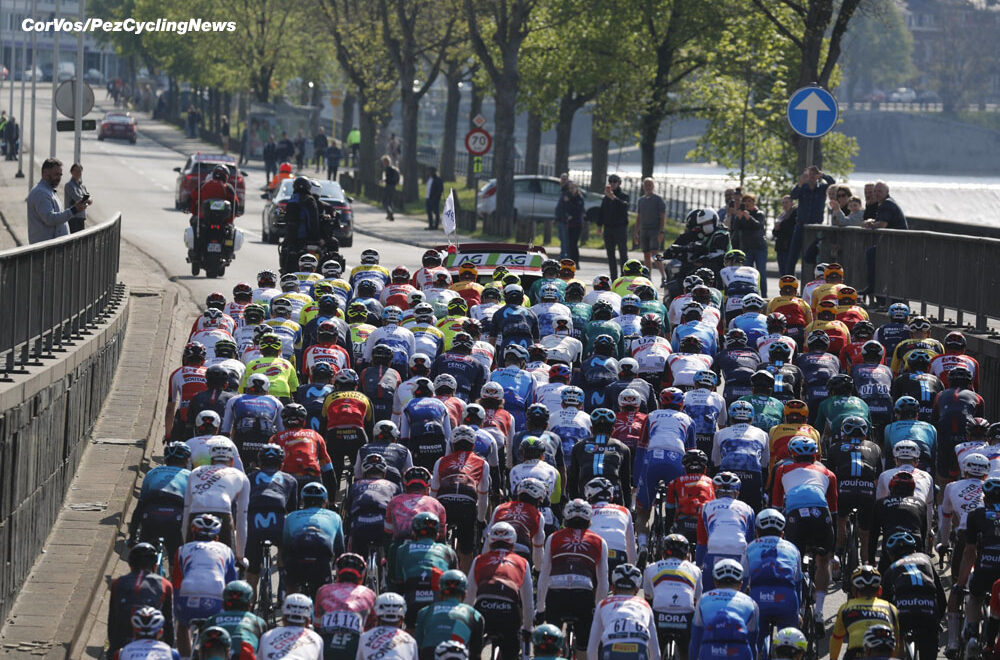
When the peloton rolls down a mountain or into the final kilometer of a flat stage, it’s really simple to be fixated on the guy up the road. But behind each stage victory, each aggressive attack and each overall contender lies a finely meshed web of teamwork strategy. It’s not so much predicting cycling race victors based on fitness or condition—it’s predicting the chess game played between eight-rider teams along thousands of kilometers of road.
Although individual talent is necessary, success at the elite level of professional cycling is equally dependent on the collective. As races become more strategic and competitive, teamwork becomes a consideration in predicting results.
Strategic Layers and Predictive Models
In the current era of sports analytics, fans and analysts are examining data to predict the winners. Power output, climbing grades and time gaps are all processed to make performance predictions. But one less quantifiable aspect—yet no less crucial—is the influence of the teammates.
From lead-out trains to mountain domestiques pacing the leaders, these riders sacrifice individual glory to ensure the team’s success. Only by appreciating the impact of such support riders can one hone race predictions and realize why favorite after favorite stalls while others surge to the forefront.
Strategy Meets Insight
With the proliferation of legalized online sports betting, race predictions among cycling fans are now becoming wagers. From siding with a stage winner to supporting the general classification (GC) hopeful, betting on cyclists requires a combination of timing, strategy knowledge and understanding of the inner workings of teams. Surprisingly, some sites now include no deposit bonuses to entice new customers, offering the chance to practice betting methods without initial risk. Although appealing, successful betting still hinges on more than chance alone. It requires the same insightful reading of form, support and layout that distinguishes amateur observers from veteran spectators.
Team Formations and Hidden Assets
Cycling teams are not groups of powerful riders; they are composed with intent—some around a sprinter, others around pursuing a particular stage race general classification (GC) dream, others to upset, not overpower. Knowing the type of squad surrounding the rider puts the chances into context.
It works in the same way that betting analysts examine gaming strategies or betting odds. What at first looks like the value of something—be it the leadership of any particular team or a gambling promotion at the casino—usually is not what it seems to be, based at least not on the surface stats but on much deeper context.
Why Leaders Can’t Go It Alone
In the Grand Tour, the GC contender doesn’t typically succeed unless he has the support of a powerful team behind him. More than individual excellence, the final positions are determined by who can best shield their leader when the crosswinds blow, who can manage breakaways and who can pace them up the Pyrenees when the legs begin to betray the riders.
Team INEOS Grenadiers, for instance, has based its strategy around strangling riders, protecting its GC leader and keeping him fresh. UAE Team Emirates has been balancing flair with tactical sense, achieved by a young champion. When such strategies pay off, they significantly increase the chances of a rider being massively off the road. When such a strategy fails, even the best climbers become lone riders and lose time.
Sprinters Need Lead-Out Trains
In flat finishes, the winner is frequently determined by inches. The lead-out train—a strategic sprint buildup where teammates launch the sprinter at top speed—is crucial. Without an effective lead-out, the best finishers scramble to find a position or narrowly avoid crashes.
Forecasting stage victories in sprint-dominated races is not about who is the quickest. It is about who has the team to manage the last kilometre, who has the experience of riding at the front and who can execute clean launches through the mayhem. Cavendish, Groenewegen and Jakobsen prospered thanks to textbook lead-outs and struggled where the support was absent.
Breakaways and Tactical Disruptors
And then there is the wildcard world of breakaways. Teams not vying for the general classification (GC) or sprint stages tend to spice up races through extended-range attacks. They can be successful if the peloton does not act or rival teams misestimate their rivals.
For those who forecast, knowing which teams are likely to enliven the race is almost equally crucial as selecting favorites. EF Education–EasyPost, Alpecin-Deceuninck and TotalEnergies ride aggressively. Their riders will not necessarily secure the victories, but they set the shape of the race, altering how the GC teams respond and whether the breakaway works.
Team Chemistry and Internal Politics
Although strategy and structure are crucial, human dynamics are also at play. Teammate discord, ambiguous leadership definition or mid-cycle shifting of priorities have the potential to derail the best campaigns. History contains examples: dual-leader strategies often result in lost opportunities or ego clashes that shatter the team’s harmony. Sometimes, forecasting race results is all about reading between the lines—race interviews, team statements or post-stage remarks tend to reveal internal harmony (or its absence).
When teams are cohesive, underdogs can succeed. When divided, favorites can disintegrate.
Race Predictions Beyond Stats
Making accurate race predictions requires a broader perspective as cycling becomes more strategic. Rider performance data, course profiles and weather forecasts are essential tools—but so is an understanding of team composition, tactical history and role execution.
Sophisticated race fans and commentators now employ layered analysis to select stage victors and overall contenders more frequently. Like experienced players analyzing odds or incentives, cycling forecasters can benefit from considering the overall package rather than just the top-line figures.
The post The Role of Team Dynamics in Race Predictions appeared first on PezCycling News.




